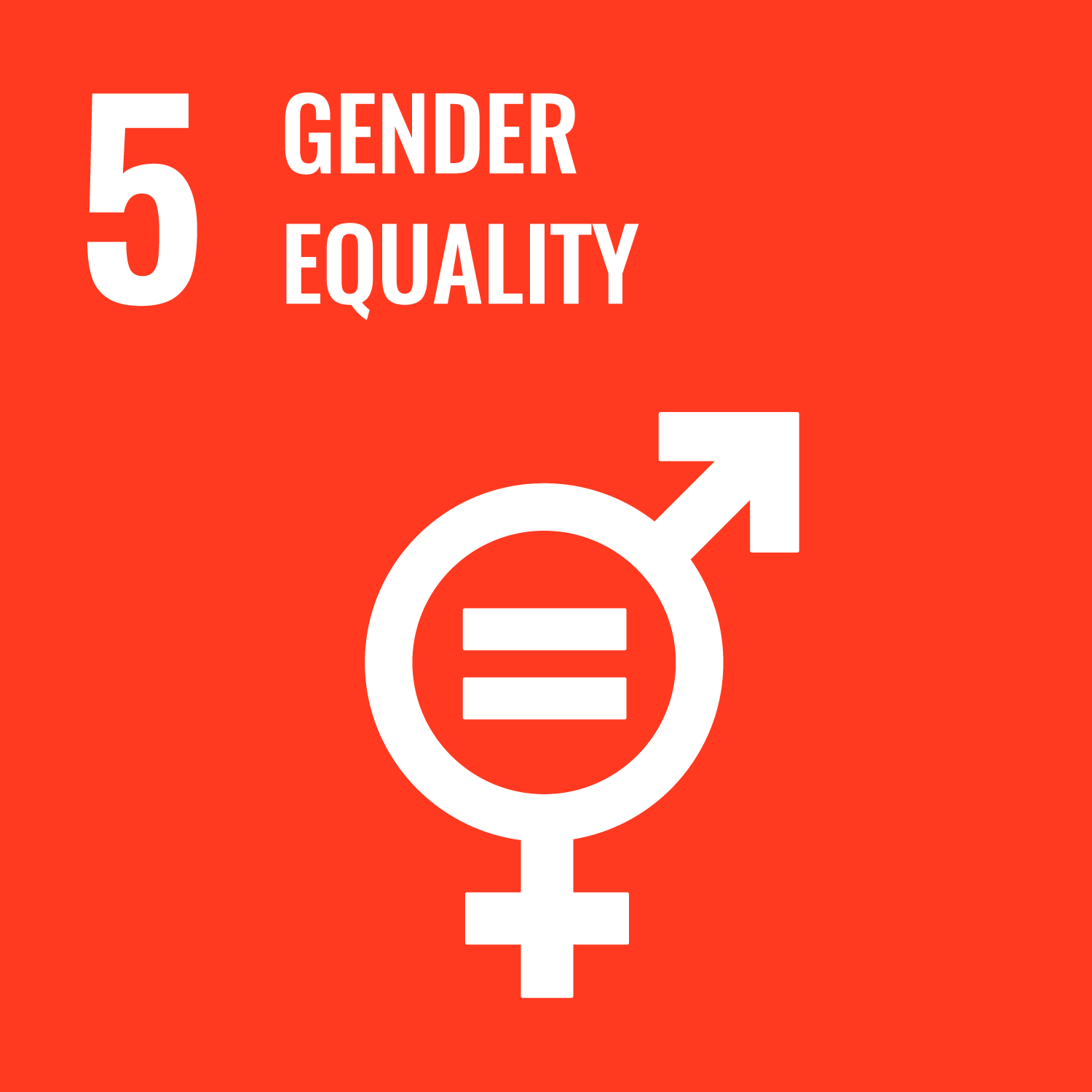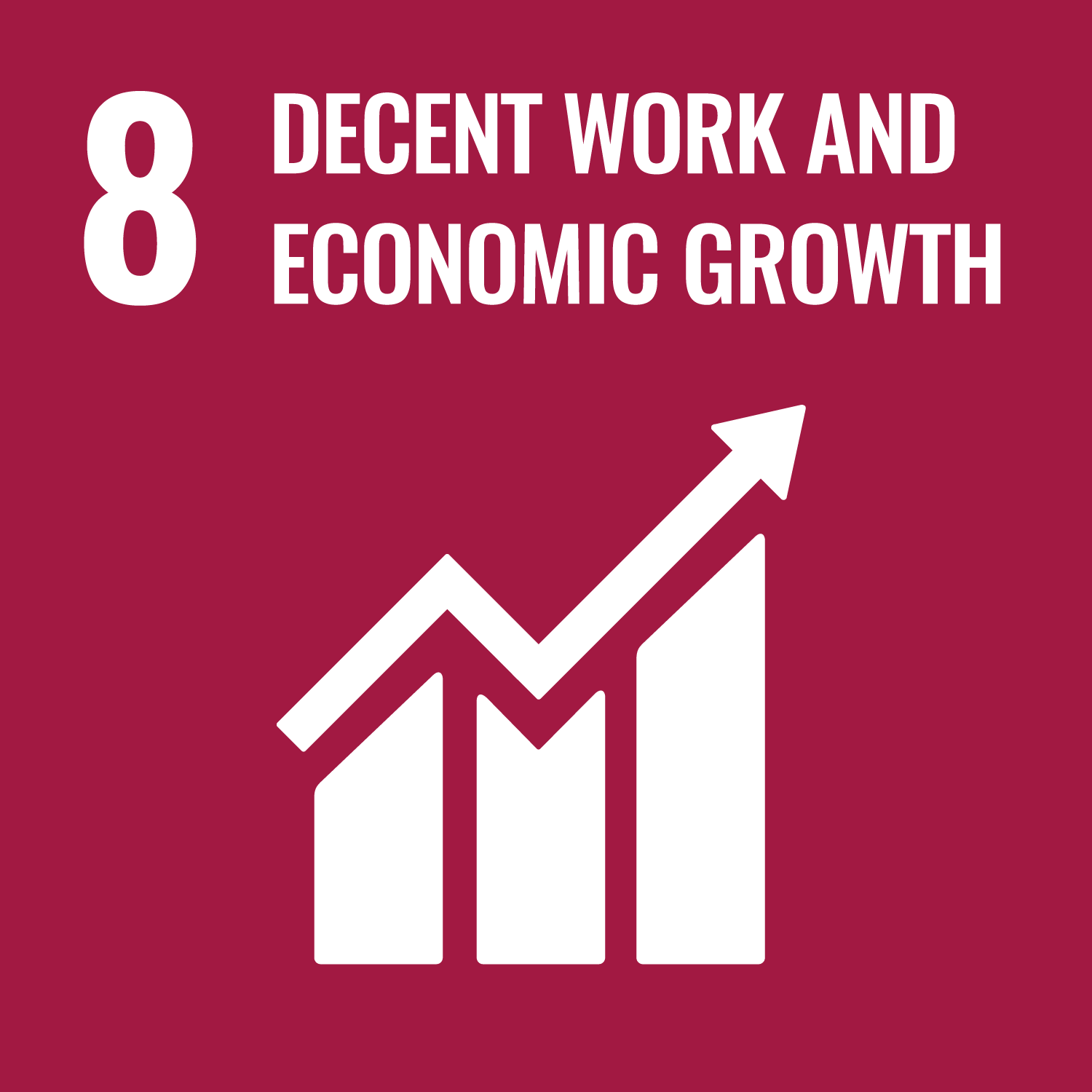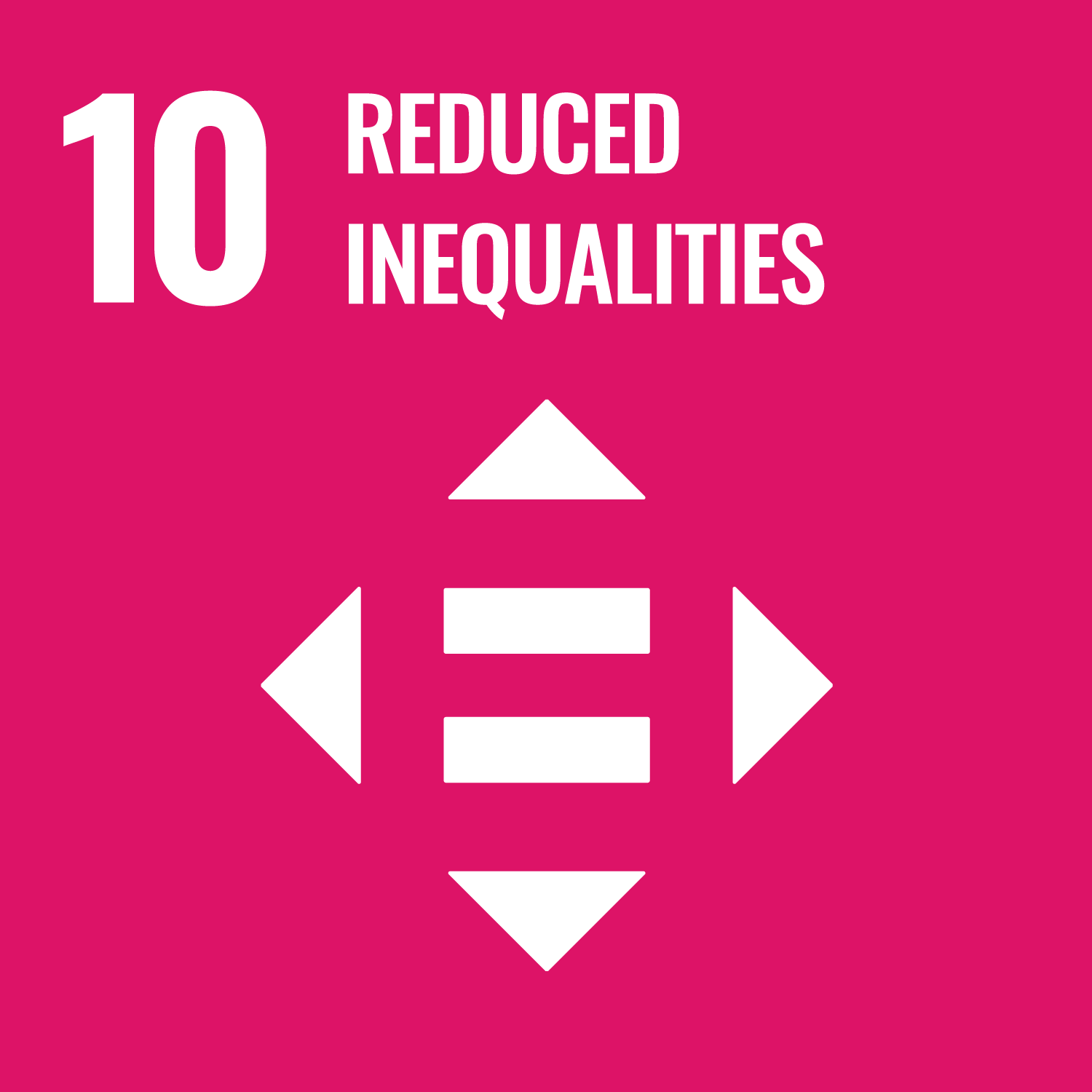This toolkit, written by former IGLHRC (now OutRight Action International) Executive Director Cary Alan Johnson, was designed to support USAID mission staff and implementing partners in making USAID programming more inclusive of the LGBT community in the Europe and Eurasia (E&E) region. The toolkit provides a glossary before moving into the main toolkit.
The toolkit begins with an overview of LGBT issues in the E&E region, considering religious intolerance, violence, familial rejection, structural discrimination and isolation despite the passage of anti-discrimination laws in some states. This section considers some of the intersectional factors for discrimination, such as socio-economic class, ethnic and linguistic minorities and lesbian women.
The toolkit then presents guiding principles for integrating LGBT issues into USAID development program. This lists the 10 steps for successful LGBT development programming and recommendations for donors, such as working effectively with LGBT communities requires understanding the diversity of LGBT communities. The following section provides an analysis of current (2014) USAID programming with recommendations for increasing LGBT inclusion, specifically through working with LGBT civil society organisations. This section provides an overview of the context, of existing programming, and entry points in USAID focal areas (Democracy and Governance; Health; and Economic Growth) as well as in the cross-cutting areas of working with people with disabilities, rural populations, Roma and other vulnerable groups.
The toolkit concludes with case studies from different states within the region.








